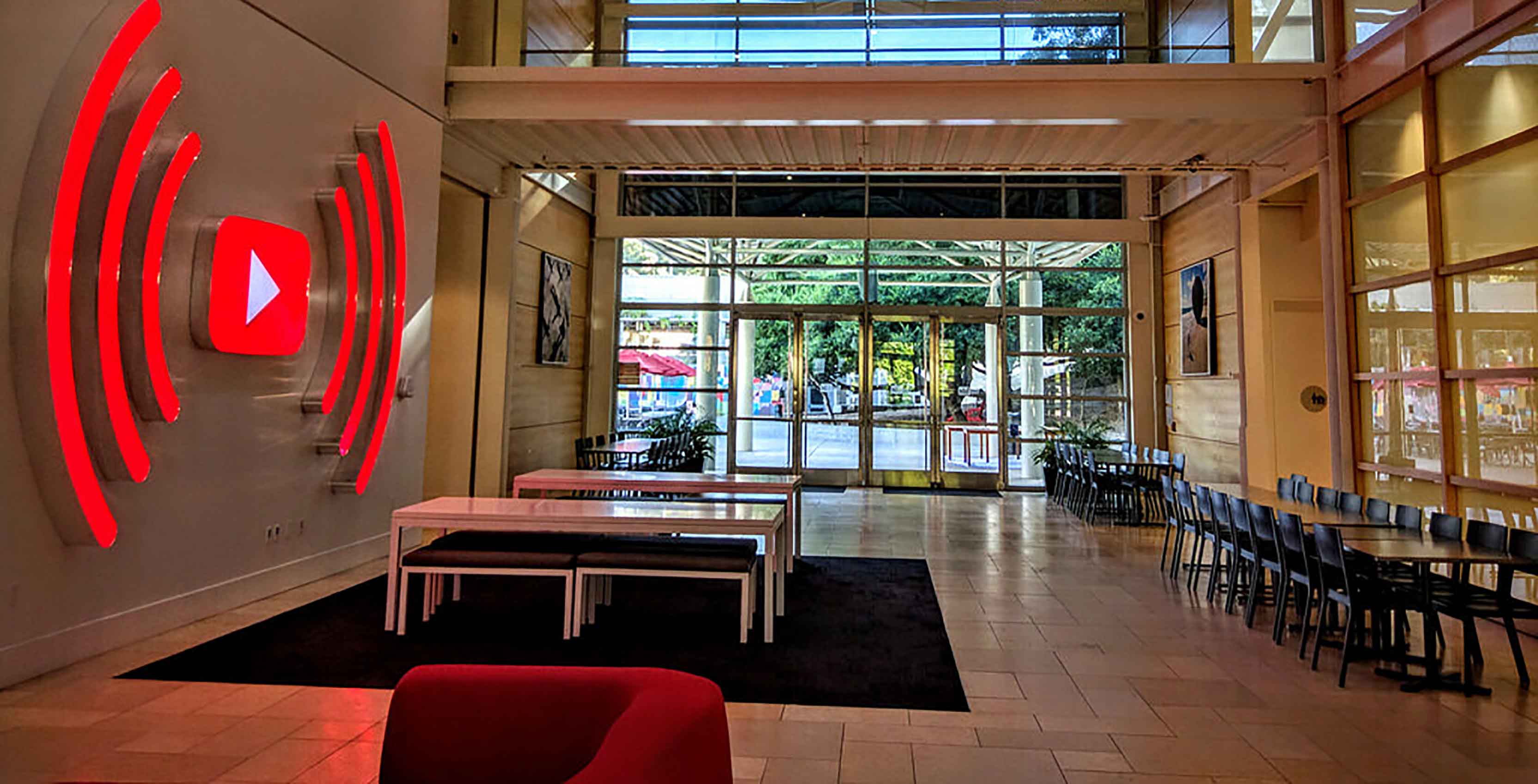
YouTube has announced three major changes coming to its platform, affecting monetization, its Google Preferred program and ads.
Monetization
Firstly, channels will need to meet revised requirements in order to be eligible for monetization in the YouTube Partner Program (YPP). Previously, channels had to reach 10,000 total views; now, new channels will need to have 1,000 subscribers and 4,000 hours of watch time within the past 12 months to qualify for ad placement.
“It’s been clear over the last few months that we need the right requirements and better signals to identify the channels that have earned the right to run ads,” YouTube wrote in a blog post. “Instead of basing acceptance purely on views, we want to take channel size, audience engagement, and creator behavior into consideration to determine eligibility for ads.”
However, YouTube acknowledged that channel size isn’t the only metric to consider, promising to “closely monitor signals like community strikes, spam, and other abuse flags to ensure they comply with our policies.”
The new monetization system will begin to take effect on February 20th, 2018.
Google Preferred
YouTube says it is changing Google Preferred so that popular content on Youtube is manually reviewed by a moderator and approved as family friendly content. Google Preferred was originally designed to promote a top-tier advertisement group for the most prominent creators to help them maximize the impact of their videos.
According to the blog post, YouTube expects the new Google Preferred system to take effect in mid-February in the U.S. and by the end of March in all other markets where Google Preferred is offered.
Ad transparency and control
In “the coming months,” YouTube says it will introduce a “three-tier suitability system,” offering advertisers more control over what may be “appropriate placements” for their brand.
To do this, YouTube says it’s now working with trusted vendors to bring third-party brand safety reporting to its platform. One of these partnerships is with Integral Ad Science (IAS), YouTube says, with another planned with DoubleVerify as well.
These latest changes follow widespread criticism levied towards YouTube in response to how the company handled the controversy surrounding popular content creator Logan Paul earlier this year. Paul released a video showing a man who had committed suicide that, in spite of drawing fire from fans, mainstream media and even a number of celebrities, wasn’t promptly taken down or addressed until a number of days later.
YouTube eventually acknowledged complaints that it had “taken a long time to respond” to the controversy and suspended Paul from the platform. “We know that the actions of one creator can affect the entire community, so we’ll have more to share soon on steps we’re taking to ensure a video like this is never circulated again,” YouTube said in a January 9th series of tweets. These newest changes appear to be a direct response to this.
However, YouTube chief business officer Robert Kyncl would not rule out working with Paul in the future, saying “the best thing we can do is put all projects on hold indefinitely, and there’s no date or plan for him in the future.”
Source: YouTube
MobileSyrup may earn a commission from purchases made via our links, which helps fund the journalism we provide free on our website. These links do not influence our editorial content. Support us here.


